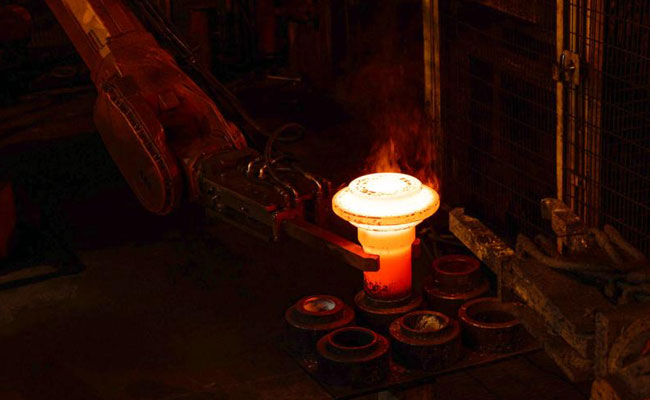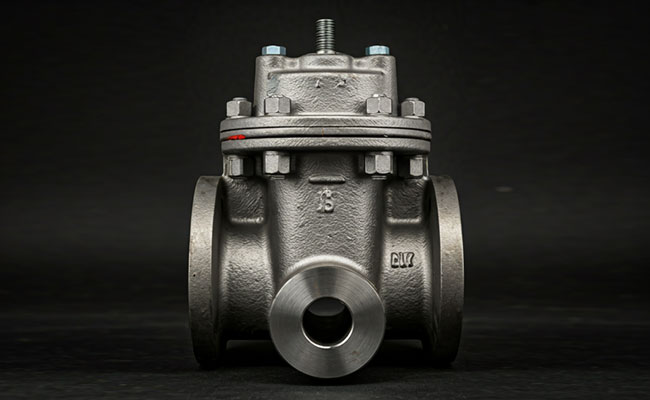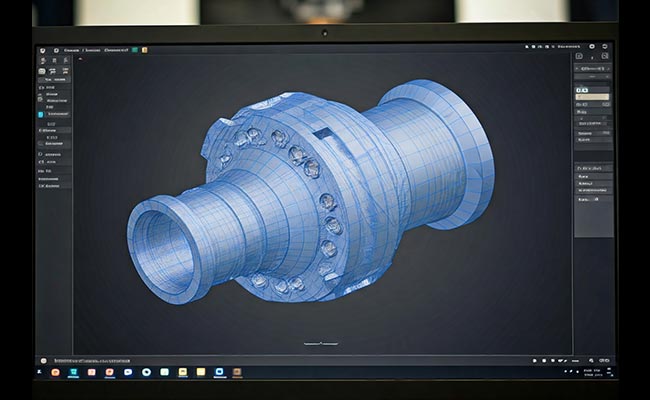
A Journey into the World of Casting Excellence
2024-01-26
Common testing equipments in Casting
2024-03-041. Material Selection:
The first step in the forging process begins with the careful selection of raw materials. Metals such as steel, aluminum, and titanium are commonly used for forging due to their malleability and strength. The quality and composition of the metal play a crucial role in determining the properties of the final forged product.
2. Heating:
Once the raw material has been selected, it is heated to a precise temperature in a furnace or forge. Heating the metal to a specific temperature softens it, making it more pliable and easier to shape. The temperature at which the metal is heated varies depending on the type of metal and the desired outcome of the forging process.
3. Forming:
With the metal heated to the appropriate temperature, it is ready to be shaped. There are several methods of forging, including open-die forging, closed-die forging, and roll forging, each with its own advantages and applications. Regardless of the method used, the basic principle remains the same: applying compressive force to deform the metal into the desired shape.

4. Deformation:
During the forging process, the metal undergoes deformation as it is shaped into the desired form. This deformation may involve stretching, bending, or compressing the metal, depending on the complexity of the shape being forged. Skilled blacksmiths and forge operators use hammers, presses, and dies to precisely control the deformation process, ensuring that the final product meets the required specifications.
5. Cooling and Annealing:
Once the forging process is complete, the newly formed metal component is allowed to cool gradually. Cooling the metal too quickly can result in internal stresses and defects, so it is important to control the cooling rate carefully. In some cases, the forged component may undergo annealing, a heat treatment process that relieves internal stresses and improves the material’s mechanical properties.
6. Finishing:
The final step in the forging process is finishing, where the forged component is inspected, cleaned, and, if necessary, machined to achieve the desired surface finish and dimensional accuracy. Finishing processes may include grinding, polishing, shot blasting, or coating the component to protect it from corrosion.



